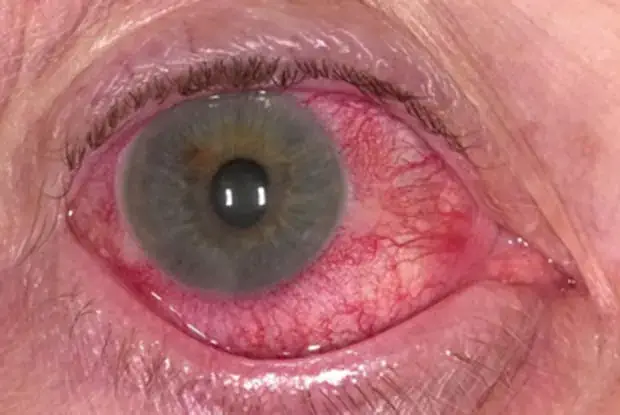Uveitis
The middle layer of the eyeball is called the uvea that is made up of three anatomical structures including the iris. Uveitis is the term used when any part of the uvea becomes inflamed. The most common type of uveitis is iritis, which involved inflammation of the iris (the coloured part of the eye).
The term intraocular inflammation is often used to cover the range of uveitis conditions. Some causes of uveitis include infection (from a virus, fungus or parasite), rheumatoid arthritis, Gout, injury to the eye. In many cases, however, the cause is unknown. Some symptoms include; eye redness, blurred vision, floaters, decreased vision and light sensitivity. Uveitis is serious and could cause vision impairment, complications or loss of sight. If it is not treated, it can cause glaucoma, cataract, retinal detachment and more.
Treatment of Uveitis
The treatment is directly dependent upon the exact areas affected in the eye and the cause is known. Typically medications are used in the form of eye drops, tablets, injections, ointments and more. Anti-inflammatory medicine such as corticosteroids may be used. For infections, antibiotics may be used with or without anti-inflammatory medicine. If the uveitis does not respond well with corticosteroids, other medicines may be used to reduce the risk of vision loss.


